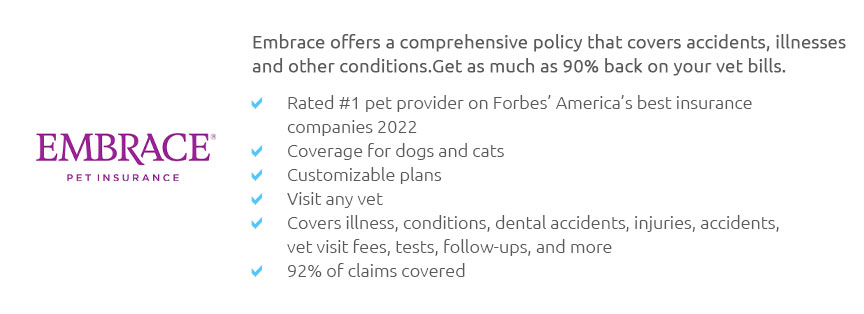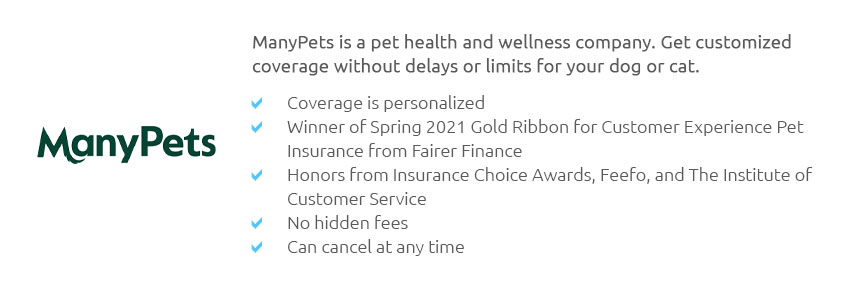 |
 |
 |
 |
 |
|
 |
|
 |
|
 |
|
 |
|
 |
|
 |
|
 |
 |
How Much Does Pet Insurance Usually Cost? A Comprehensive GuideUnderstanding the Basics of Pet Insurance CostsPet insurance can be a valuable investment for pet owners, but the cost can vary widely depending on several factors. On average, pet insurance may range from $10 to $100 per month. However, it's essential to understand what influences these prices to make an informed decision. Factors Influencing Pet Insurance CostsBreed and Age of the PetThe breed and age of your pet significantly impact insurance costs. For instance, husky pet insurance might be more expensive due to the breed's predisposition to certain health issues. Coverage Options
LocationWhere you live can also affect your insurance premium. Urban areas tend to have higher veterinary costs, which in turn can increase insurance rates. Making the Right Choice for Your PetWhen selecting a plan, consider your pet's specific needs and your financial situation. Evaluating different options can help you find the right balance between coverage and cost. For more details on monthly costs, check out this resource on how much is pet insurance per month. FAQ SectionWhat is the average monthly cost of pet insurance?The average monthly cost of pet insurance ranges from $30 to $50 for a standard plan, but this can vary based on the factors mentioned above. Does pet insurance cover pre-existing conditions?Most pet insurance plans do not cover pre-existing conditions. It's crucial to read the policy details carefully to understand the exclusions. Can I customize my pet insurance plan?Yes, many providers offer customizable plans where you can select different levels of coverage, deductibles, and reimbursement rates. Why are some breeds more expensive to insure?Some breeds are prone to specific health issues, leading to higher veterinary costs and thus higher insurance premiums. https://www.nerdwallet.com/article/insurance/cost-of-pet-insurance
How Much Does Pet Insurance Cost? - The average cost of dog insurance is $676 per year, or about $56 per month. - The average cost of cat ... https://www.cnbc.com/select/pet-insurance-cost/
Dog owners spent $56.30 per month on average for accident and illness coverage in 2023, according to NAPHIA, with accident-only policies averaging $17.01. https://www.experian.com/blogs/ask-experian/how-much-does-pet-insurance-cost/
Pet insurance costs an average of $675 annually for dogs and $383 annually for cats. However, your pet insurance premiums may be higher or lower depending on ...
|